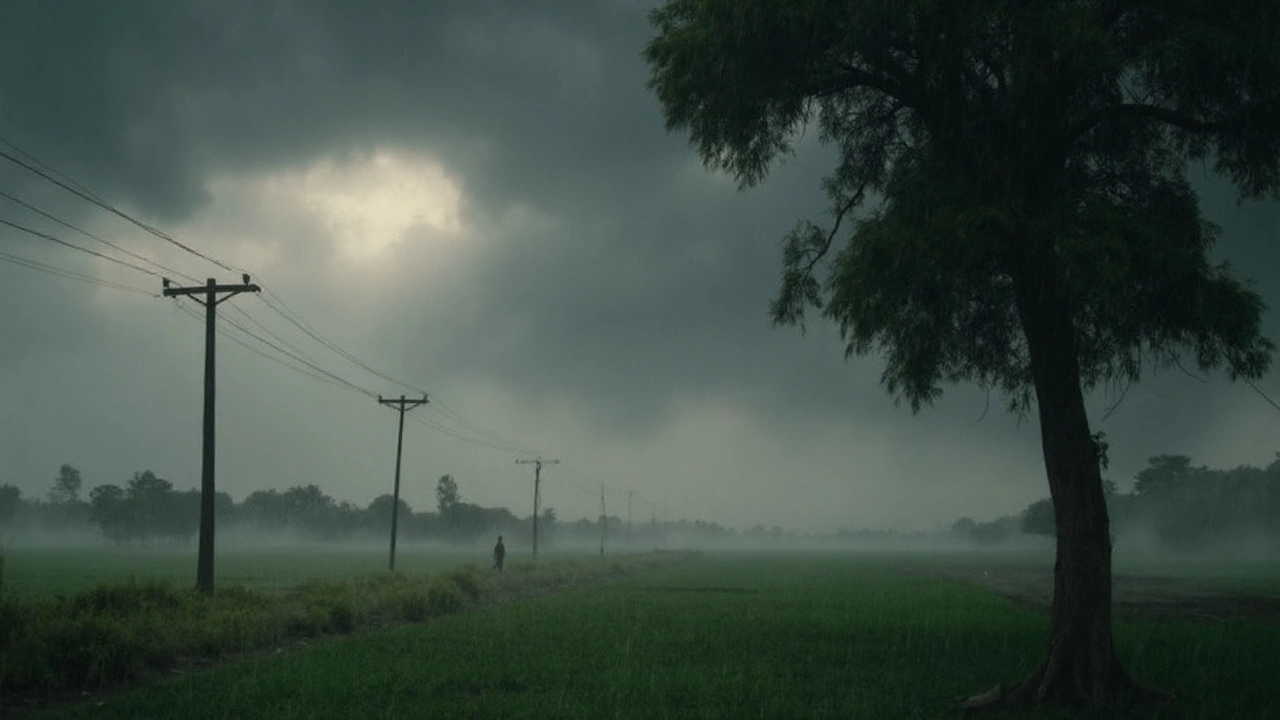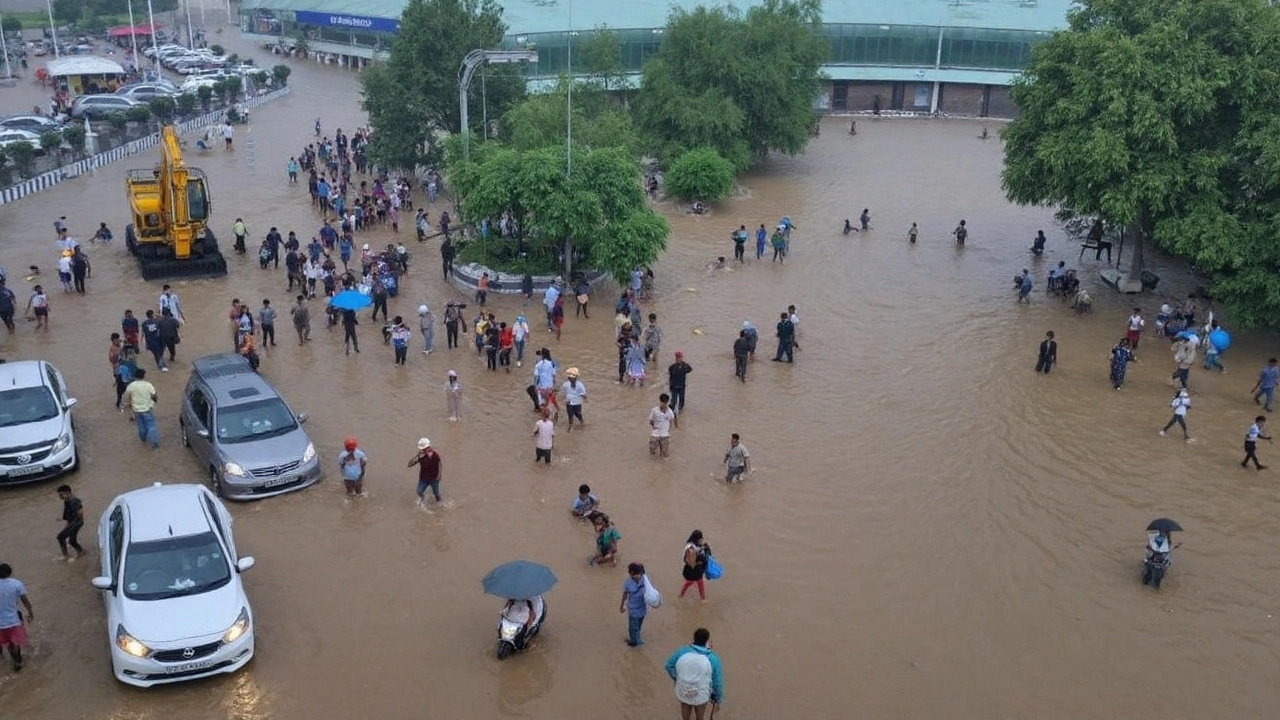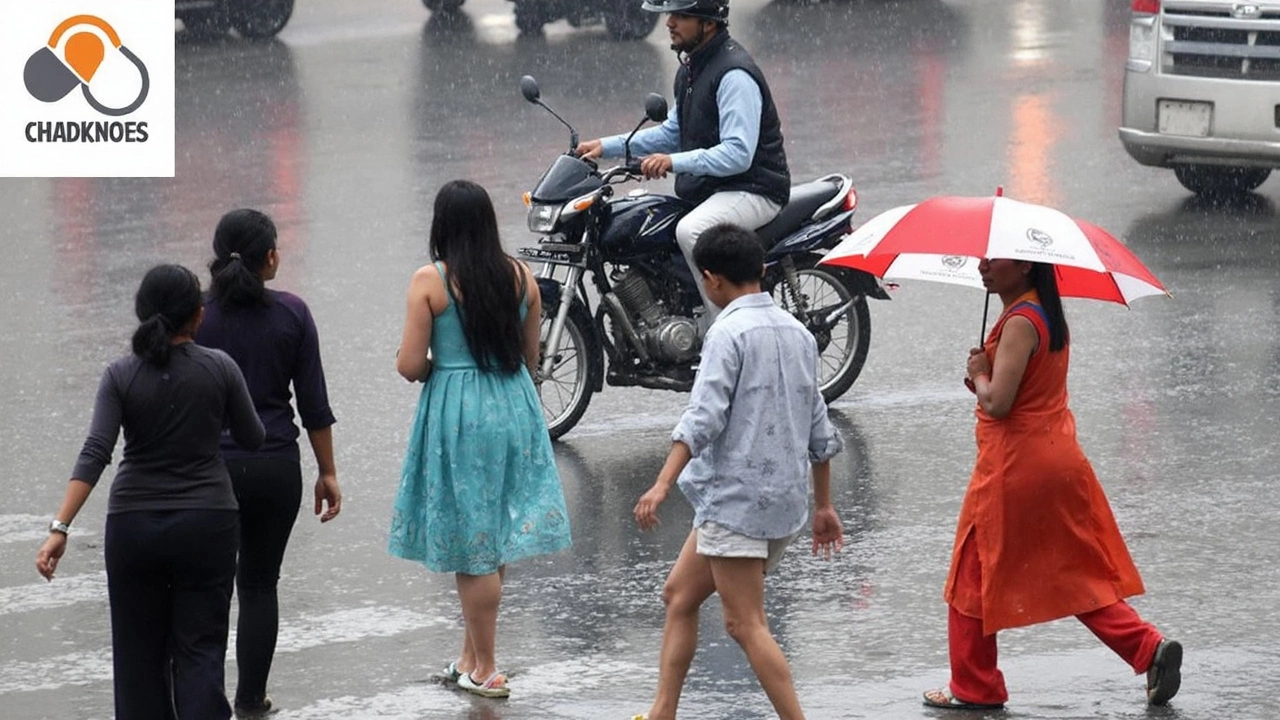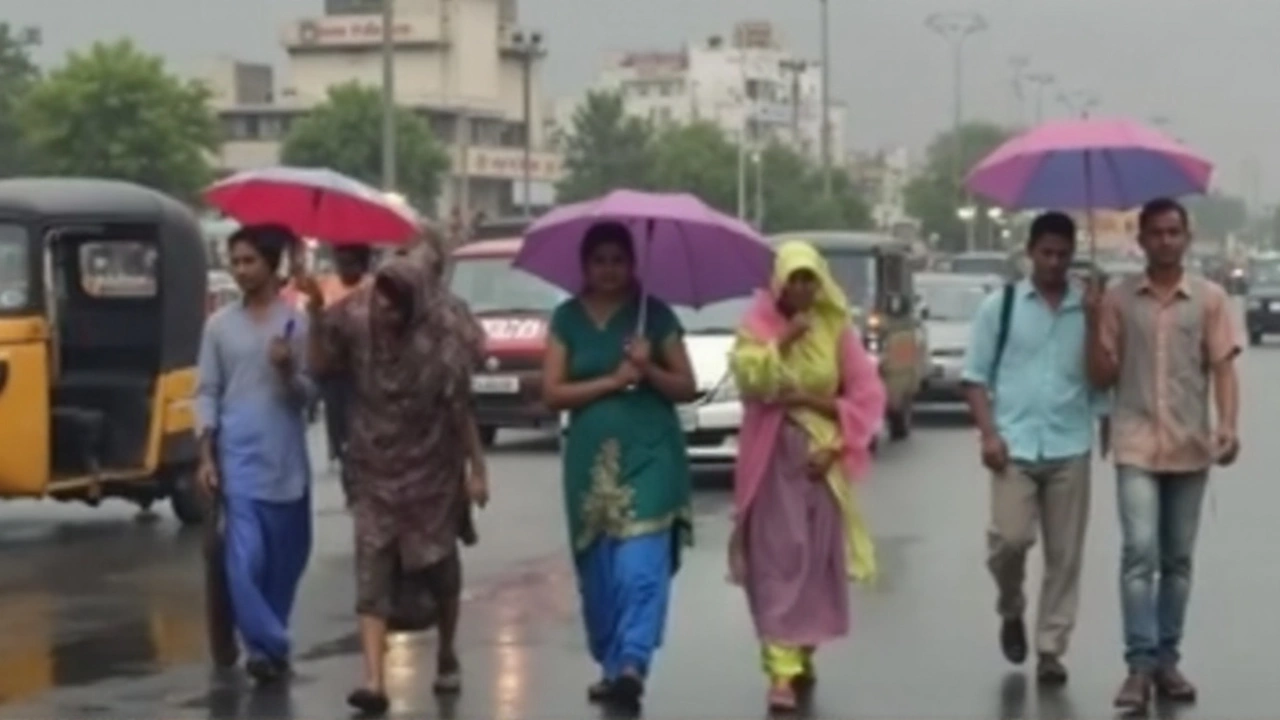IMD Issues Heavy Rainfall Alerts: Monsoon Rattles India With Disruptions and Tragedy

Monsoon Takes Center Stage: Warnings Rain Down Across India
The Indian Meteorological Department (IMD) has thrown out a tough warning—many parts of the country are staring down the barrel of relentless heavy rain. This isn’t just the odd thunderstorm. The coming week looks set for a widespread soaking, and some places are facing the brunt of it with landslides, closed highways, and a tragic loss of life.
So, what’s happening? The southwest monsoon, now in its second big push, is making sure nobody gets to ignore their raincoats. Most of India is in for above-normal rainfall, stretching from the storm-battered mountains in the north to the humid coasts in the south. But the northeast and a few eastern states are seeing a weird twist—less rain than usual, even while flood alerts blare on in neighboring areas.
Northeast and East: On High Alert for Deluges
Sub-Himalayan West Bengal, Sikkim, Meghalaya, Arunachal Pradesh, and Bihar are staring at heavy to very heavy downpours, especially around August 3. The IMD’s radar is locked onto Nagaland, Meghalaya, Assam, and Arunachal Pradesh from August 1 to 6—these places are not just getting wet, they’re under a high alert. Locals are being told to prepare for waterlogged roads, sudden landslides, and river levels creeping up fast.
It’s not just the rain, either. Storm systems are rolling in with strong winds, enough to drop branches or scramble up power lines. Emergency teams are already on standby in the hill states, where a few hours of rain can close highways or cut off remote villages in minutes.
Further east, things are less predictable. While the skies might not open up as dramatically, the IMD says there’s still enough storm threat for unexpected downpours in pockets of these states.
West and South: Thunderstorms Rattle the Coastline
Gujarat, Maharashtra, Goa, Saurashtra, and the Konkan belt aren’t catching any breaks either. Thunderstorms with wind speeds kicking up to 50 km/h are already sending palm trees swaying and keeping fishermen on land. These western states will see this action from August 1 all the way through August 7.
Further south, coastal Andhra Pradesh, Karnataka, Tamil Nadu, Kerala, Telangana, and as far as Lakshadweep are all under the umbrella—literally. Thunderstorms and heavy rain are expected between August 2 and 6, and authorities in several cities have warned people to stay indoors when the deluge hits. Localized flooding could be on the cards, and swollen rivers in the region are being watched closely.
North: Disruption, Danger, and Harsh Alerts
It’s the northern belt where the monsoon has really started showing its darker side. Uttar Pradesh, Uttarakhand, Jammu-Kashmir, Himachal Pradesh, Punjab, and Haryana are all flagged for heavy rainfall combined with wind and lightning.
Himachal Pradesh is in a tough spot—officials there have kept the orange alert flashing right through August 6. Life in the hills is grinding to a halt, with 283 roads shut (including those crucial highways like Chandigarh-Manali and Manali-Leh). Electrical transformers and water lines haven’t escaped the mayhem: 314 transformers are out, leaving whole neighborhoods without power, and 221 water supply systems are down. These shutdowns push locals to rely on emergency tanks and battery lights, and make repairs a non-stop effort for crews.

Jharkhand Tragedy: Monsoon Turns Fatal
Rain isn’t just an inconvenience—sometimes it’s the enemy. In Dumka district, Jharkhand, the latest storm turned lethal when a house collapsed under the pressure of waterlogged soil on August 2. A 10-year-old child lost their life, and a 14-year-old girl is in hospital. The scene at Baman Kheta village is a grim reminder that for rural families, heavy rain can turn routine mornings into a disaster in seconds. Police and rescue teams scrambled to the damaged home, and local officials are sifting through debris with worried neighbors watching on.
All this adds up to a tense week ahead. As monsoon clouds roll across India, the IMD’s warnings have become a lifeline—updates that could decide if people stay home, cancel travel plans, or make a dash for safety when the first warning sirens sound. Anyone living in an affected region should keep an eye on local forecasts, and hope that the country’s old monsoon resilience still holds strong.


